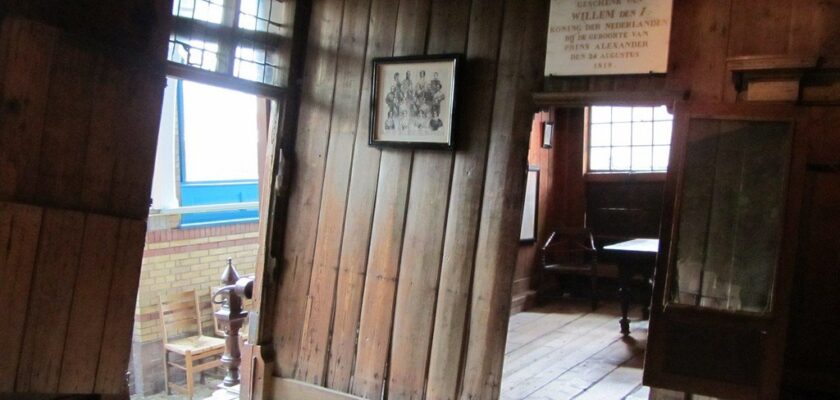Czar Peter House in Zaandam
Peter the Great’s House is a historic wooden building in the city of Zaandam, built in 1632. Russian Tsar Peter the Great lived in this house in 1697, during his stay in Holland with the Great Embassy. In the XIX century a stone case was built around the house. Nearby the museum “Czar Peter’s House” is a monument to Peter the Great.
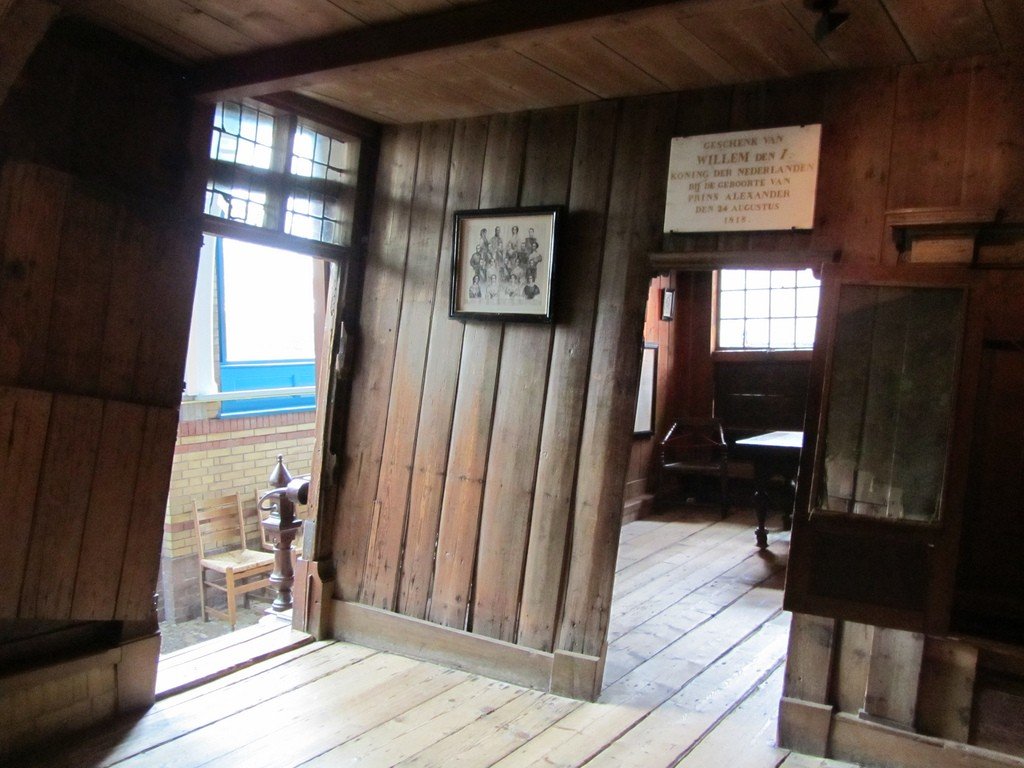
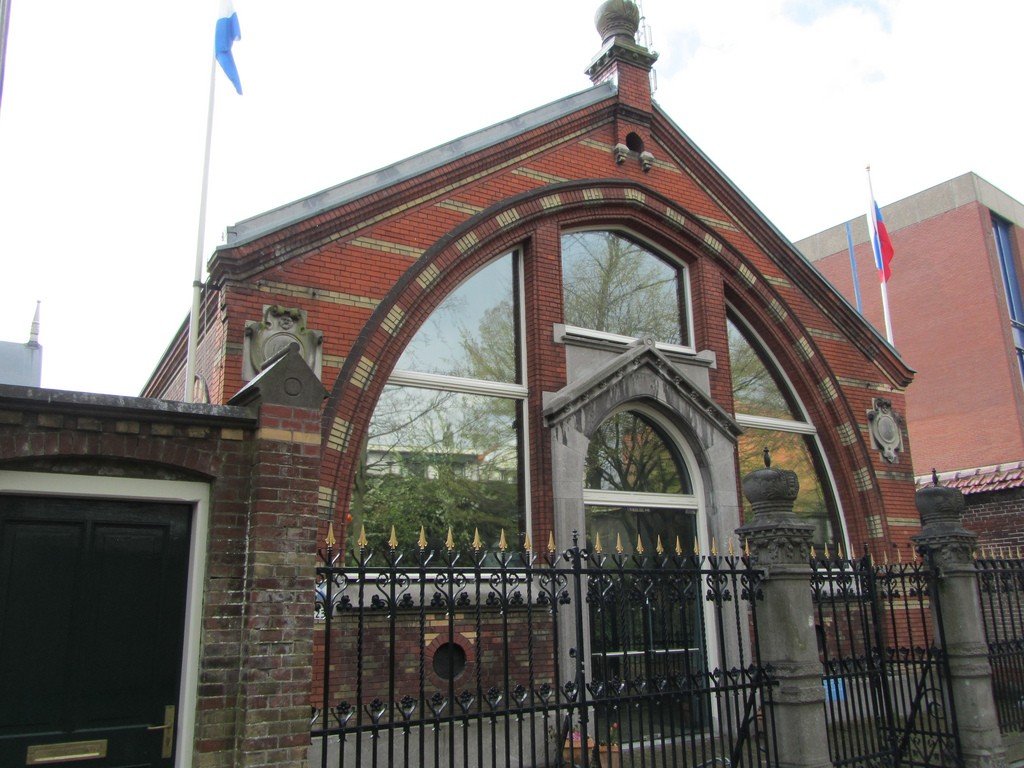
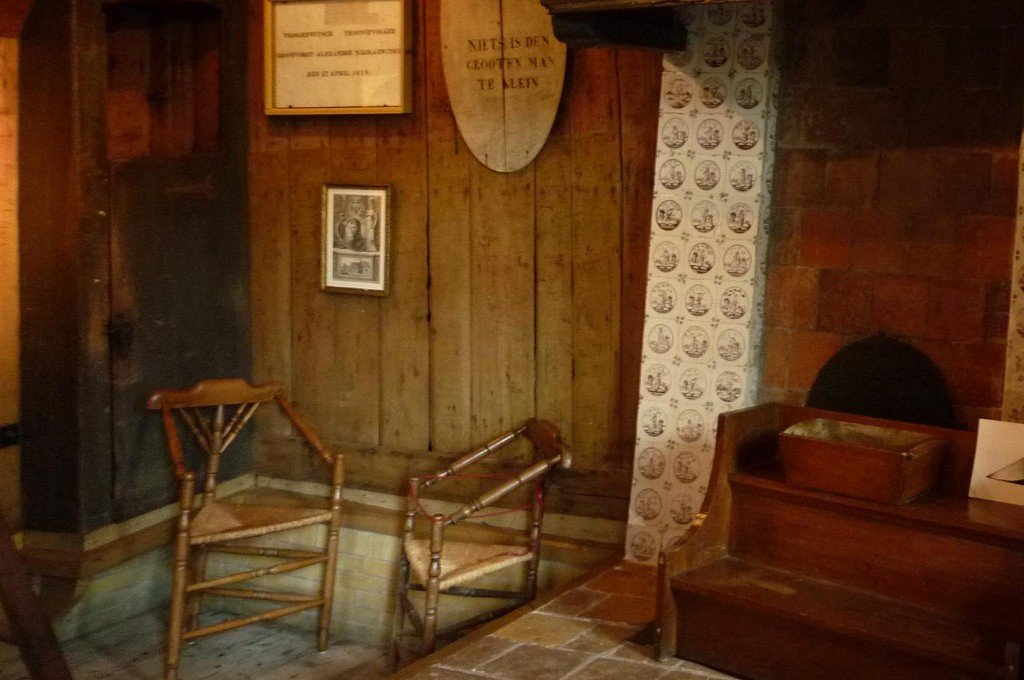
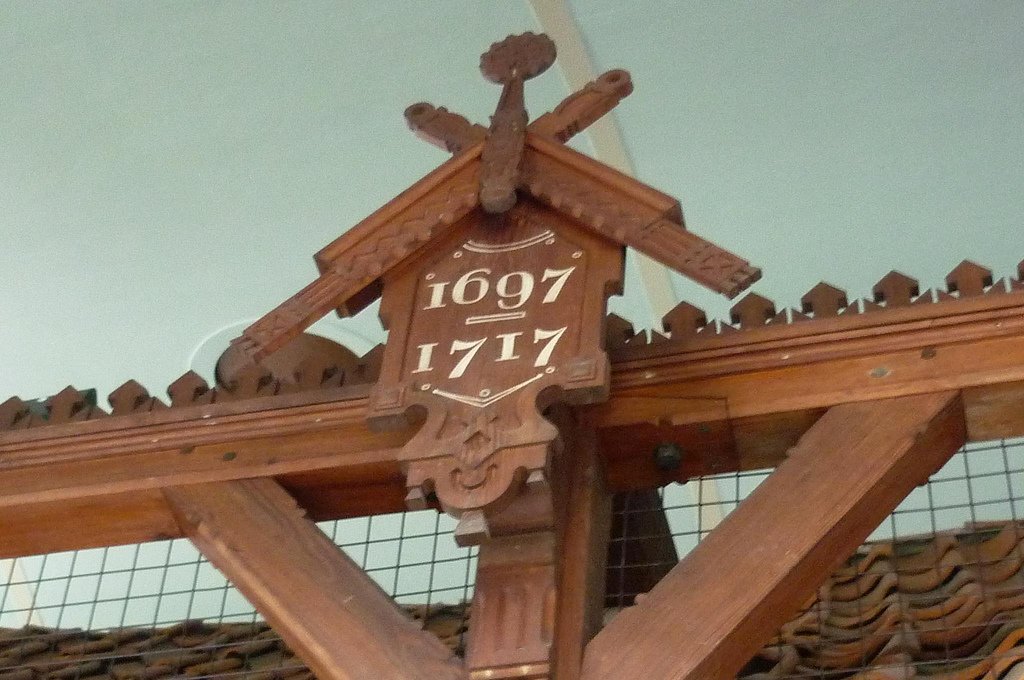
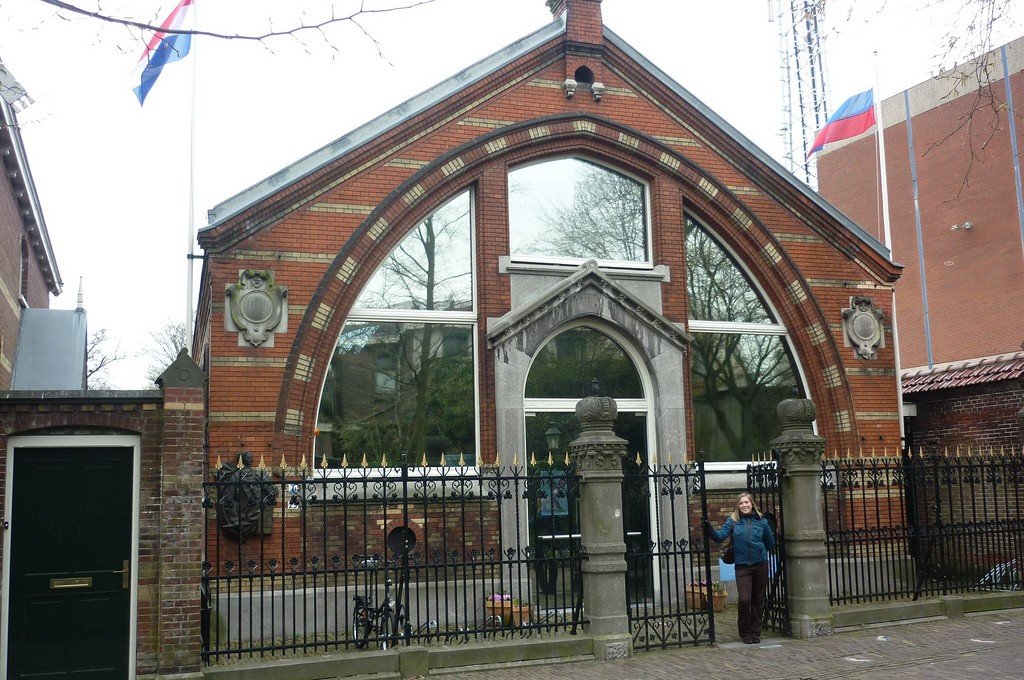
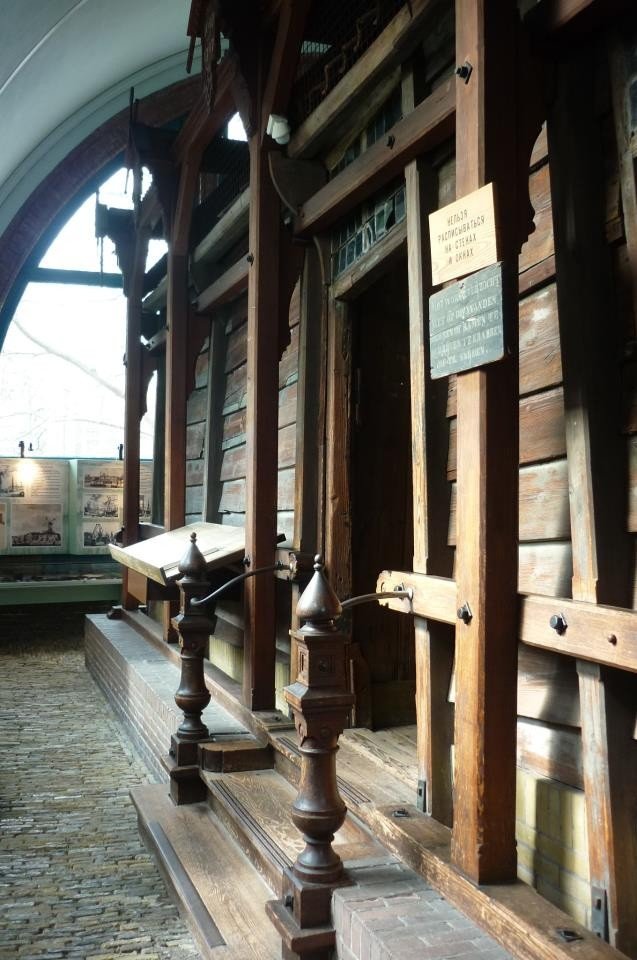
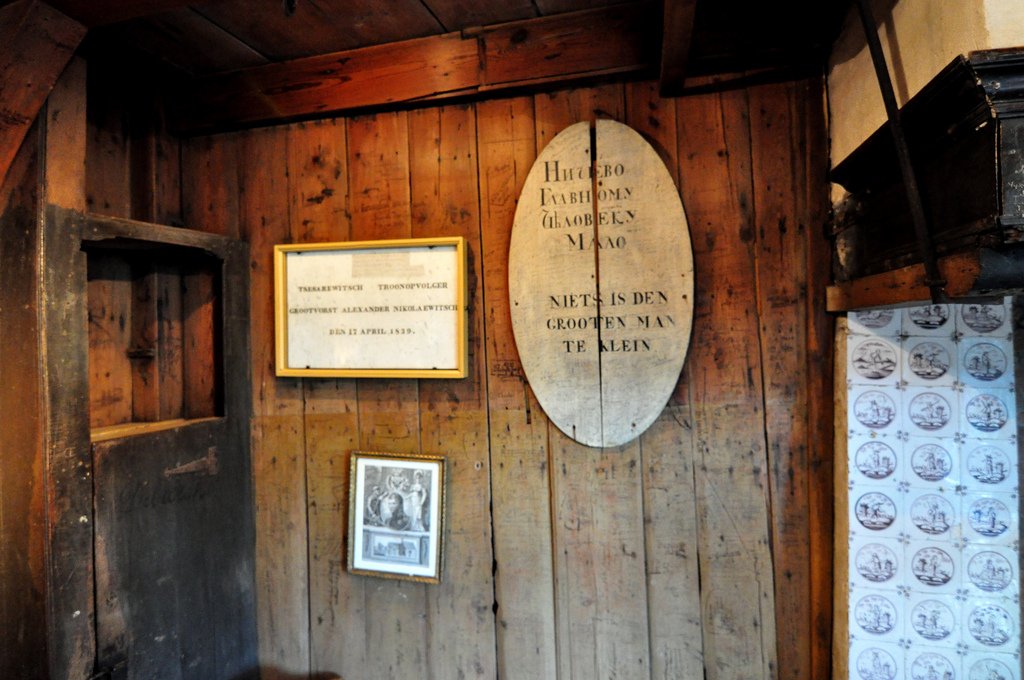
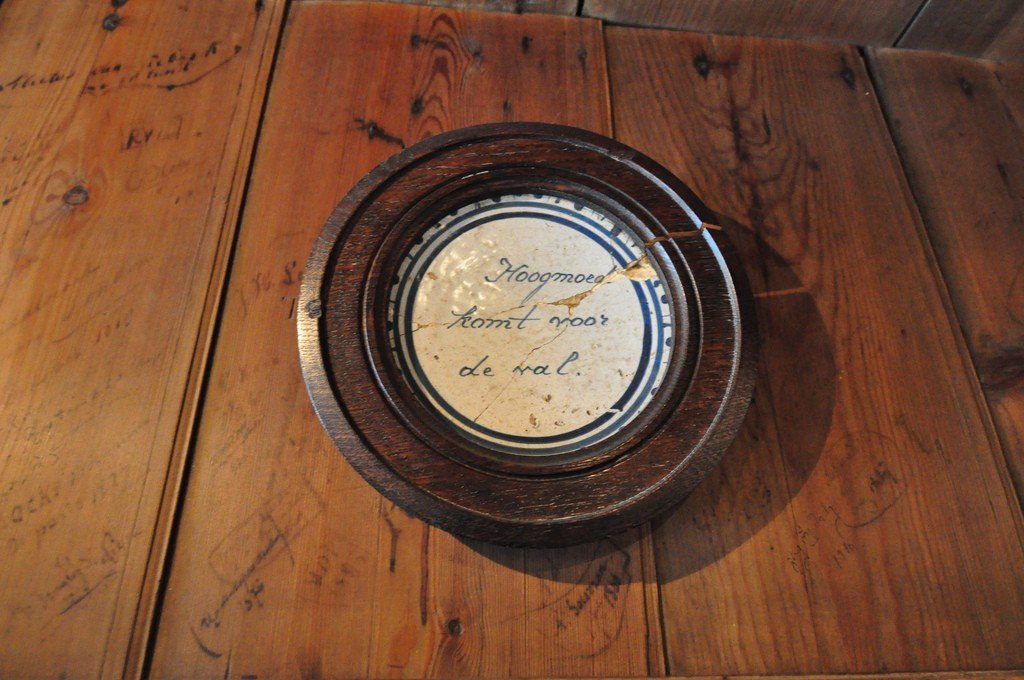
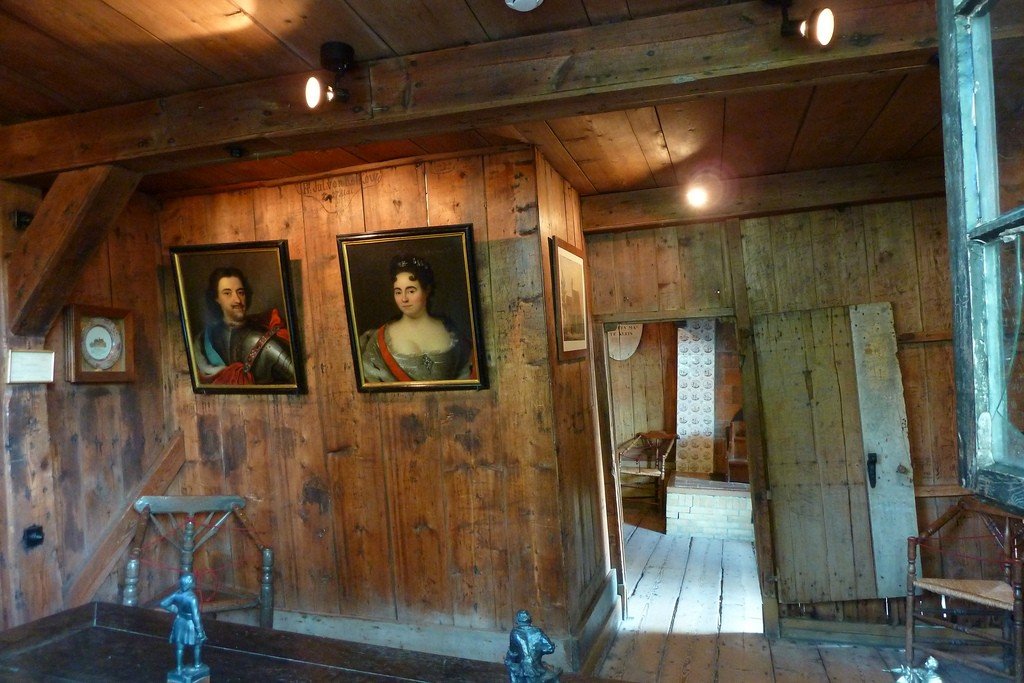
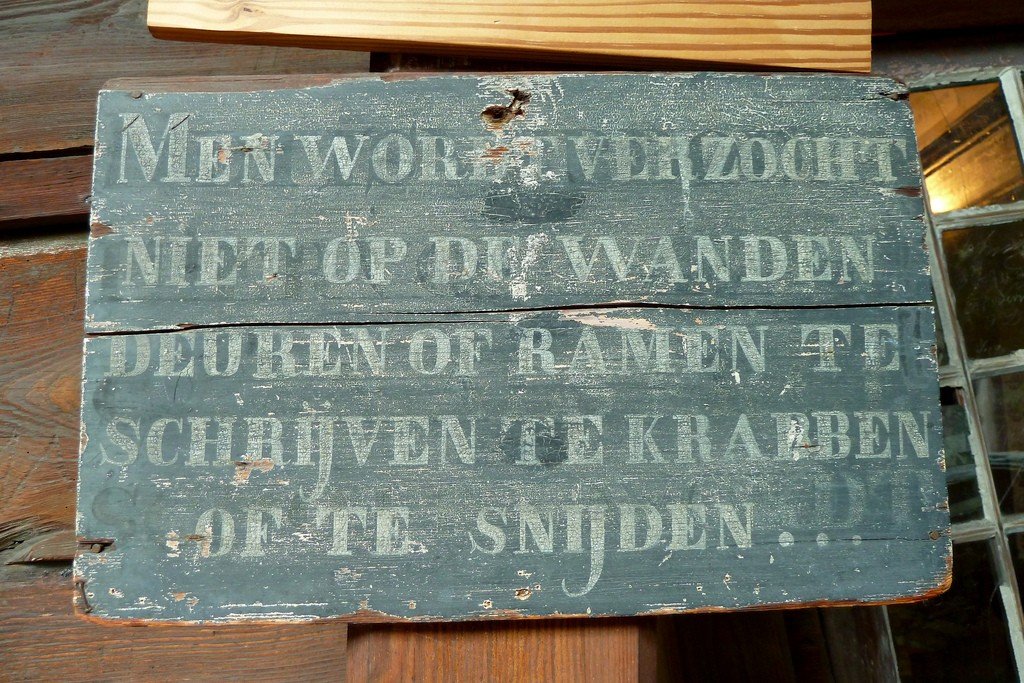
General information
Peter arrived in Zaandam on Sunday, August 18, 1697 (old style). He arrived in Holland among the 35 volunteers traveling with the Great Embassy, under the name of Petr Mikhailov, a ranger in the Preobrazhensky Regiment.
.
In Zaandam, the Tsar settled in a house on Krimp Street, which was occupied by Gerrit Kist, a naval smith who had previously worked in Russia and had met Peter at the shipyards in Arkhangelsk. On August 19, Peter began working at one of the shipyards. In his spare time he visited factories, mills and workshops in the Zaan district. He visited local residents, especially families whose members worked in Russia. The appearance of foreigners in Zaandam, an unusual phenomenon for that time, attracted the curious. And rumors that there was a Russian tsar in Zaandam led to the fact that people from all over the country began to come to the settlement. Peter’s incognito was quickly broken, and the intrusive onlookers made his residence in Zaandam unbearable. Therefore, on August 25, Peter left Zaandam for Amsterdam on a buer he had bought here. It took him three hours to reach Amsterdam on the Zaan under sail.
Subsequently, Peter returned to Zaandam many times, but never stayed more than one day.
.The small house in Zaandam, where Peter the Great lived for one week in August 1697, has been preserved and turned into a museum. It acquired the status of a historical object already in the mid-18th century and belonged to the royal family of the Netherlands.
On July 3, 1814, Emperor Alexander I visited Zaandam and the Peter the Great House, where he placed a marble plaque on the fireplace with the inscription “Petro Mayno. Alexander.”
In 1816, Anna Pavlovna Romanova, daughter of Emperor Paul I, became the wife of Prince and then King William II of Orange of the Netherlands. On the occasion of the birth of their second son, Alexander, in 1818 Peter’s House was presented to her by King William I of the Netherlands. On Anna Pavlovna’s orders, a stone case was built for the dilapidated structure, modeled on the cover built by Empress Catherine II for Peter’s House in St. Petersburg.
In the spring of 1839, the heir to the Russian throne, Grand Duke Alexander Nikolayevich, visited The Hague. Together with Anna Pavlovna’s second son, also Alexander, they visited Peter the Great’s House in Zaandam. This event is depicted in the painting “The Visit of the Russian Tsar Alexander II to the House of Tsar Peter on April 17, 1839”, which is kept in the house. Accompanying Grand Duke Alexander, his tutor Vasily Zhukovsky, having seen Peter’s hut, composed a patriotic impromptu: Above this poor hut hover holy angels: Great Prince, be in awe! Here is the cradle of your empire, here was born the great Russia!
.
In the notes of A. O. Smirnova-Rosset (a probable falsification by her daughter) it is stated that Alexander Pushkin wanted to become a janitor at Peter’s house in Holland. In a conversation with Emperor Nicholas I, the Emperor said to Pushkin: “I would like the King of the Netherlands to give me Peter the Great’s cottage in Saardam.” – Pushkin replied, “Sovereign, in that case I will ask Your Majesty to appoint me as a janitor.” The Emperor laughed and said: “I agree, and in the meantime I appoint you his historian and give you permission to work in the secret archives.”
.
Subsequently, the structure passed from one member of the Dutch royal family to another. In 1886, Anna Pavlovna’s son King Willem III of the Netherlands presented the House of Tsar Peter to the Russian Tsar Alexander III. On Alexander III’s instructions, beams supporting the wooden walls of the lodge were installed. Later, Nicholas II ordered the construction of a large case for the lodge in the form of strong brick walls with a roof..
The house was owned by the Tsar’s court until the 1917 revolution.
.Since 1921, Mr. Pustoshkin, secretary of the former Tsar’s mission in The Hague, took over the museum. He acted on behalf of the Romanov heirs. After the official renunciation in 1948 by the two Romanov heirs of their rights to the lodge, it again came into the possession of the Dutch state and still functions as a museum.
.
On November 2, 2005, the second president of Russia, V. V. Putin, visited Peter’s House. V. Putin.
.In 2013, a full-size model of the house was presented to Russia by the Dutch government as part of the cross year of Russian-Dutch cooperation. After that, its construction began on the territory of the Moscow Museum-Reserve “Kolomenskoye” by the 101st Engineer Battalion of the city of Vezepa of the Dutch Armed Forces.
.
Peter’s House from the inside and partially from the outside is painted with names-families of visitors, among which can be found the signature of Mikhail Kutuzov, a descendant and namesake of the great marshal, as well as presumably the autograph of Napoleon Bonaparte.
.Address: Krimp, 23.Opening hours: Tuesday – Sunday: 10:00 – 17:00;Entrance: 3 EUR, for children 4-17 years old – 2 EUR;
.